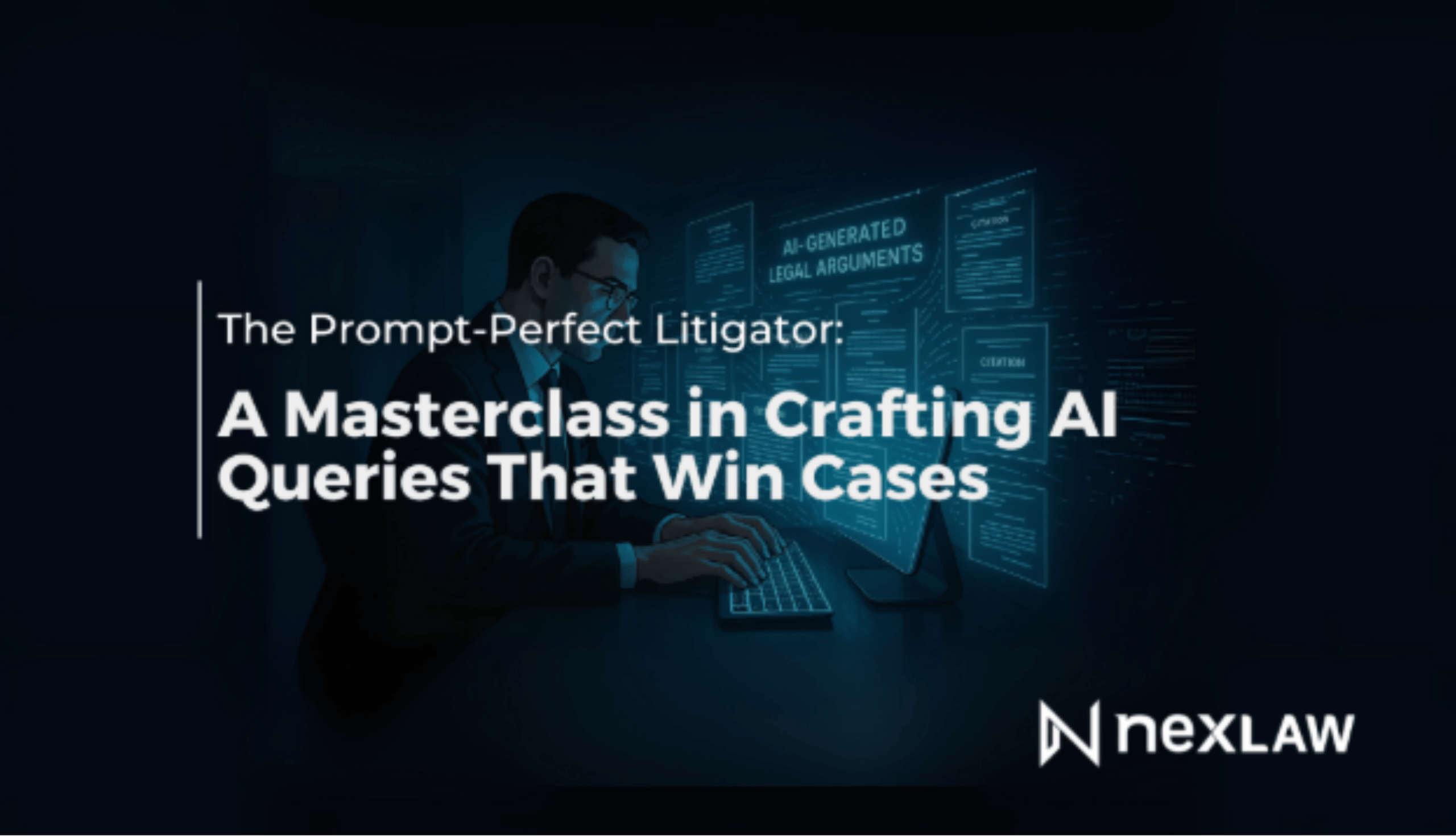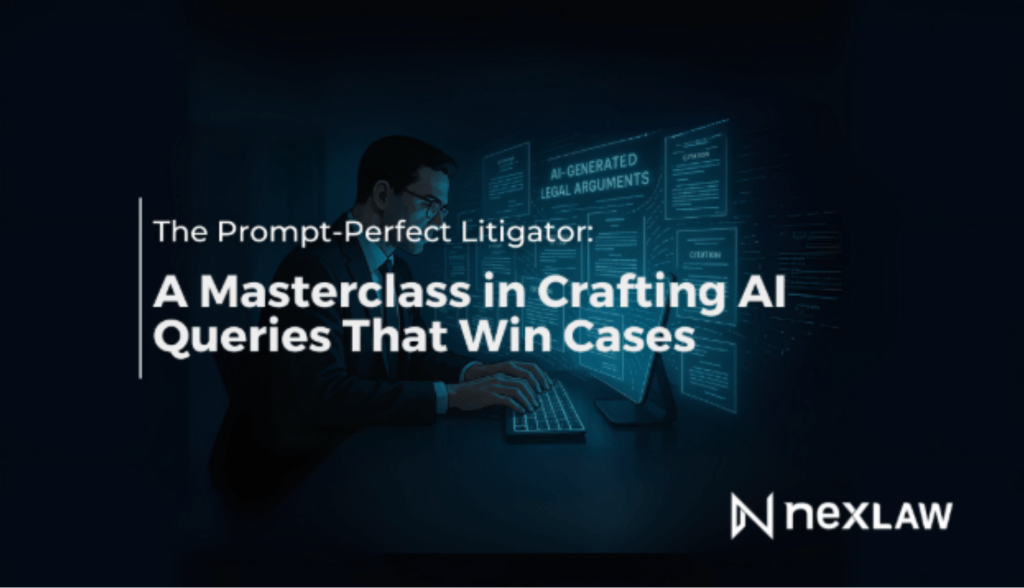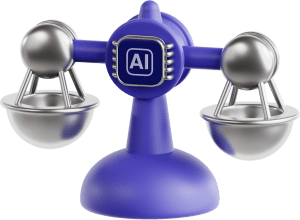The Prompt-Perfect Litigator: A Masterclass in Crafting AI Queries That Win Cases

The Prompt-Perfect Litigator: A Masterclass in Crafting AI Queries That Win Cases

In the rapidly evolving world of Legal AI, a new, essential skill has emerged that separates the casual user from the power user: prompt engineering. As generative AI becomes a daily collaborative tool in law firms across the U.S., the quality of the AI’s output is directly and overwhelmingly determined by the quality of the lawyer’s input. A vague, one-sentence query will yield a generic, marginally helpful response. A well-crafted, context-rich prompt, however, can unlock a level of analysis and strategic insight that provides a true competitive advantage. Mastering the art of the prompt is no longer a technical nicety; it is a core competency for the modern litigator.
Why Your AI Isn't Giving You What You Want?
Many lawyers’ initial experience with generative AI can be underwhelming. They ask a simple question and get a simple answer, failing to see the transformative potential. The problem is not the AI; it’s the prompt. Common prompting mistakes include:
- Lack of Context: Asking a legal question without providing the relevant jurisdiction or the factual background of the case.
- Vague Instructions: Using generic verbs like “analyze” or “summarize” without specifying what to look for or what format the output should take.
- Single-Shot Queries: Asking one question and stopping, instead of engaging in an iterative, conversational process to refine the results.
The AI Advantage: The Power of a Strategic Conversation
Thinking of AI not as a search engine, but as a brilliant hyper-literal junior associate, is the key to unlocking its power. You wouldn’t just tell an associate to “research the case”; you would give them specific instructions, background documents and a clear idea of the work product you expect. The same applies to AI. A well-crafted prompt should include four key elements:
- Persona: Tell the AI what role to play.
- Task: Clearly define the specific action you want it to perform.
- Context: Provide the necessary background information (facts, jurisdiction, key documents).
- Format: Specify how you want the output to be structured.

Act now to transform your
practice and achieve your goals.
See NexLaw in Action
Start your free trial and kick off your legal AI journey with a personalized demo
*By submitting the form, you agree to the Terms of Service and Privacy Policy
A Practical Guide to Advanced Prompting with NexLaw AI
NexLaw AI’s conversational interface, NeXa , is designed for this kind of strategic dialogue. Here are practical examples of how to apply the prompting framework to real-world litigation tasks.

Bad Prompt: “breach of contract defenses”

Good Prompt (Applying the Framework):
“(Persona) Act as a senior litigation partner in California.
(Context) I have attached our client’s answer to a breach of contract complaint. The core issue is a delay in the delivery of goods.
(Task) Review the attached answer and draft the three strongest affirmative defenses we can plead under California law.
(Format) For each defense, provide a one-paragraph explanation of the defense and a citation to the controlling California case law.”

Bad Prompt: “deposition questions for plaintiff”

Good Prompt (Using an “Act As” Persona for Red Teaming):
“(Persona) You are a skeptical and aggressive plaintiff’s attorney.
(Context) I have uploaded the deposition transcript of my client, the defendant CEO. I have also uploaded the key ‘hot documents’ from discovery.
(Task) Based on these documents, generate a list of the 10 most difficult cross-examination questions you would ask my client. For each question, cite the specific document or deposition testimony (with page and line number) that it is based on.
(Format) Present this as a numbered list.”

Bad Prompt: “analyze this expert report”

Good Prompt (A Multi-Step, Iterative Conversation):
- Initial Prompt:“(Persona) You are an expert in Daubert motions. (Context) I have uploaded the report of the plaintiff’s expert witness, Dr. Smith. (Task) Identify the core methodology Dr. Smith uses to reach his conclusion.”
- Follow-Up Prompt: “Now, research that specific methodology and find three peer-reviewed articles that critique its reliability or rate of error.”
- Final Prompt: “Now, draft the ‘Argument’ section of a Daubert motion, weaving together the critiques from those three articles to argue that Dr. Smith’s methodology is unreliable under the Daubert standard.”
Interested In Features Like This?
Receive complimentary access to our resources and a personalized live demo tailored to your needs.

Case Study: The Prompt-Perfect Associate
A junior associate is tasked with drafting a complex Motion for Summary Judgment. Instead of starting from scratch, she uses NexLaw AI. She begins with a clear prompt: “Act as a former federal law clerk. I have uploaded our statement of undisputed facts and the plaintiff’s opposition brief. Outline a reply brief for me, identifying the three key arguments from the opposition that we must rebut and suggesting our strongest counter-argument for each.” The AI produces a detailed, strategic outline. The associate then uses a series of more specific prompts to help her draft each section of the brief. By having a strategic, conversational process with the AI, she produces a partner-level work product in a fraction of the time.
Conclusion: The New Language of Legal Practice
Prompt engineering is more than just a technical trick; it is the new language of legal practice in the AI era. The ability to ask precise, context-aware and strategic questions is what will separate the lawyers who simply use AI from the lawyers who master it. By learning to “speak AI,” you can transform your AI Legal Assistant from a simple tool into a powerful strategic partner, unlocking new levels of efficiency and insight.
Ready to master the art of the perfect prompt?
Book a Personalized Demo and our team can walk you through advanced prompting techniques on the NexLaw AI platform.
Explore Our Plans and start your journey to becoming a prompt-perfect litigator today.

